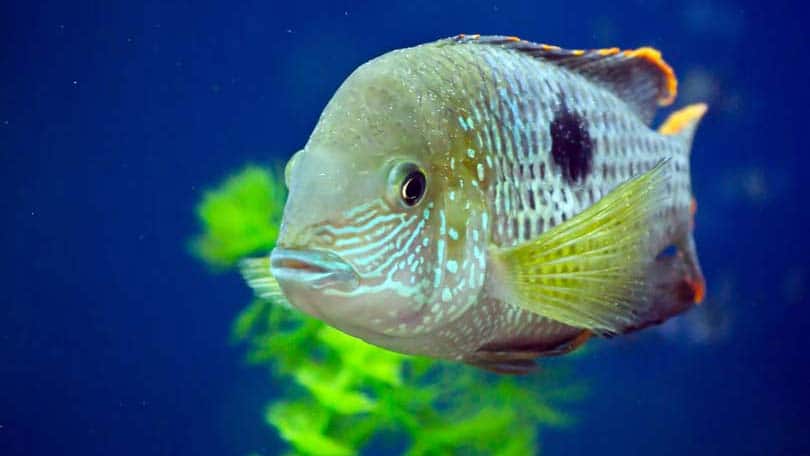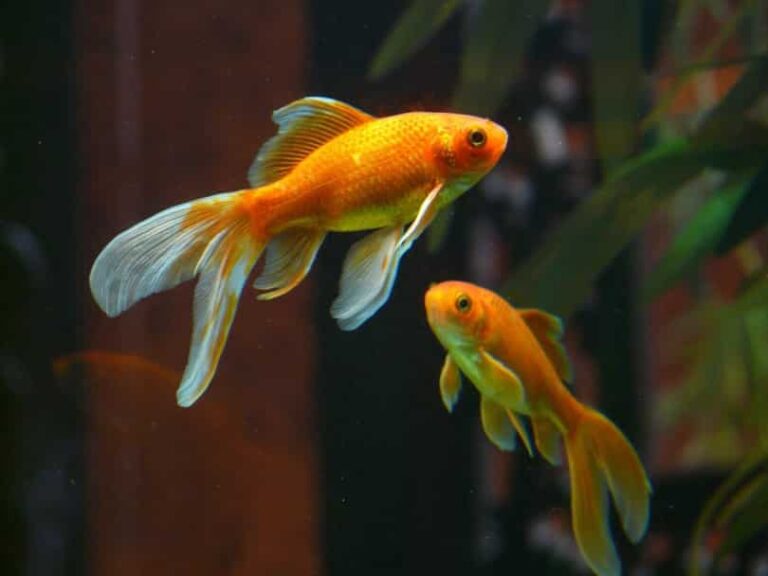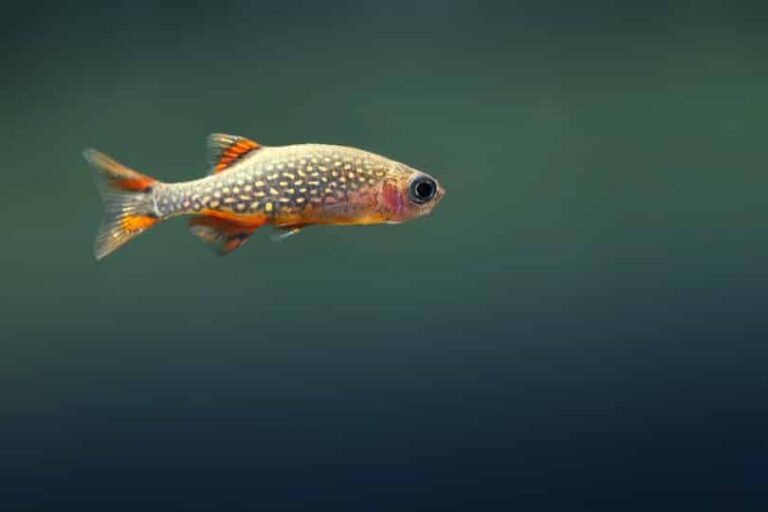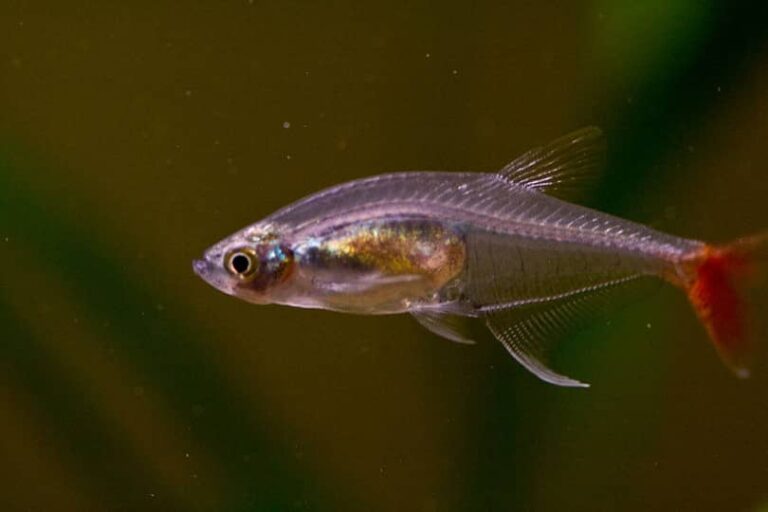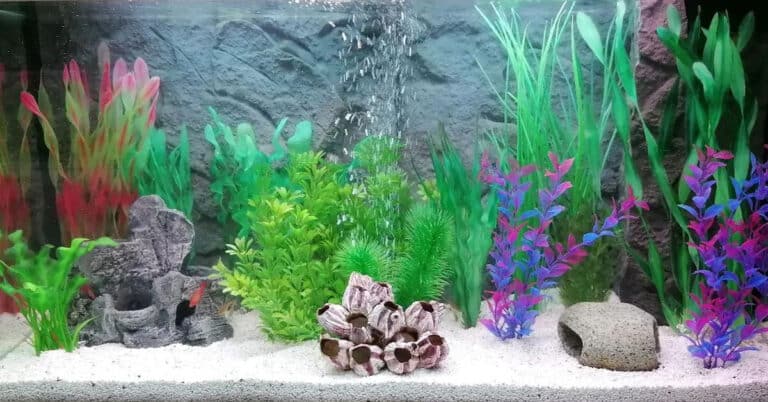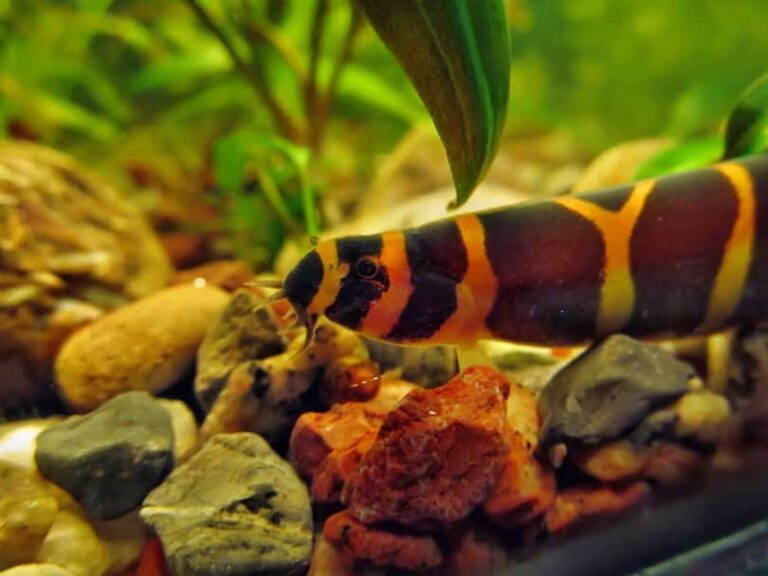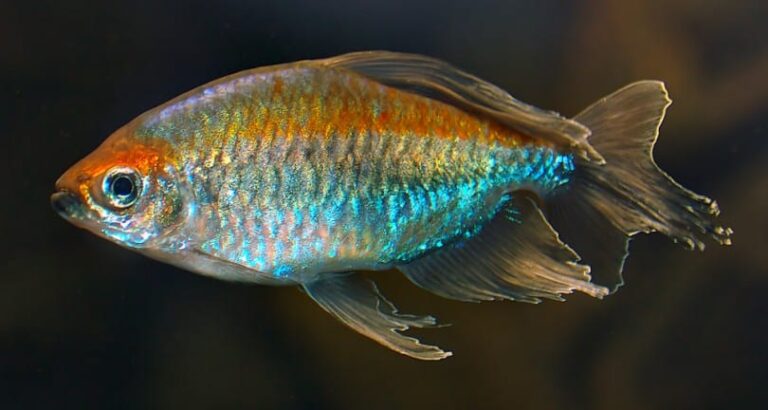Nitrogen Cycle – Maintaining an Aquarium
The nitrogen cycle is an essential process in any aquarium. A typical aquarium test kit will allow you to test for ammonia, nitrite, nitrate, and pH so that you can quickly see the progress of your tank as it completes the nitrogen cycle. You should test your water at least every other day during the initial setup period.
When you first fill your aquarium with water, you have a sterile tank. Unlike what many believe, the nitrogen cycle cannot actually begin until you add the fish. Without the fish, your aquarium is simply a tank of water. The addition of ammonia into your tank, which happens when you add fish, is what actually starts the nitrogen cycle.
When you’re first starting your aquarium, it’s important to add only a few fish at a time. Adding too many fish will cause ammonia levels to spike; this can be lethal for your fish. In fact, you may want to begin with a few inexpensive fish if you have your eye on an exotic tropical species; this way, if your tank does not cycle well, you don’t have to worry about its effects on your prized fish. If you choose to begin with a saltwater tank, purchase live rock to begin the nitrogen cycle process. Other ways to start the cycle include adding a cup of gravel from an already established tank. However, be aware that this tank may have unwanted bacteria or parasites; you risk adding these to your new tank if you decide to use gravel to start the tank.
When your fish are first added to the aquarium, the ammonia levels will immediately begin to rise. Ammonia is produced as a byproduct through the gills of the fish, as well as waste products from the fish’s food. Every drop of food you put into the tank will eventually be converted into ammonia. So will rotting plants, if you choose to plant the tank with fresh plants instead of plastic ones. In the beginning of a new tank the ammonia levels will fluctuate as the tank settles into a routine cycle.
As the ammonia builds up, it can quickly reach a lethal level for your fish. Signs that it is getting too high include red bloodshot eyes, red inflamed gills, and red streaks appearing like blood vessels on the sides of the fish. You fish may also be sitting near the top or bottom of the tank, and possibly gasping for air. You can use an aquarium water text kit to check the ammonia levels. When you test the water, the ammonia levels should be as close to 0 as possible. A reading of 0.25 to 0.5 parts per million (ppm) can stress your fish; above 1.0 is considered lethal. If your tank has too much ammonia, change 15-25 percent of the water. You should also reduce the amount of food you are feeding; this excess food is causing too much ammonia to build up.
Within two weeks of having fish in your new aquarium, a nitrifying bacteria will start to feed on the ammonia. This will reduce ammonia levels and increase nitrite levels. If your tank had a high concentration of ammonia, your tank may become very cloudy at this point. The cloudiness that you are seeing is actually bacteria in the water, as they multiply to quickly feed on the excess ammonia.
The byproduct of the nitrifying bacteria consuming the ammonia is nitrites. High nitrite levels can also be stressful to your fish because they reduce their ability to carry oxygen in their blood. Nitrites should begin appearing on a water test kit within 2 weeks after tank setup.
After a few more weeks have passed, or around 3-4 weeks from the time you added the fish, you will begin to see nitrates showing up on the water test kit. In moderate levels, these bacteria cause no harm for fish. However, they can build up, especially if the water is not changed frequently. At high levels, they will harm your fish. Anything below 80-100ppm is considered safe. If the levels go above this, a 20-25 percent water change can help adjust the nitrate levels in your aquarium.
After the ammonia has been converted into nitrates through this cycle, you have two options for removing the nitrates. Regular water changes, or about 25 percent of the water every 1-2 weeks depending on your fish, feeding schedule, and setup, are the most popular way. You must stay on top of these water changes, or the water can become quite unhealthy for your fish. The other choice is live plants. Nitrates work as fertilizer for fresh plaints. As they remove nitrates from the water, they release oxygen, which the fish need to survive. If you choose live plants, there is a good chance that you will not need to change your aquarium water regularly. Once the ammonia and nitrite levels are very low, and the nitrate is present and being dealt with through water changes or the introduction of live plants, it is safe to add the rest of your fish.
The nitrogen cycle is a natural process. Although it may make your tank look cloudy as the cycle is beginning in your new aquarium, do not try to do a water change of any more than 20 percent of the water. This will stop the process. Conversely, once the nitrogen cycle is going, always do your water changes on schedule. There are chemicals that promise to remove ammonia or nitrites, but changing a little of the tank water at a time is much healthier for your fish.
The nitrogen cycle is a very important process in your aquarium. It has to do with the formation of beneficial bacteria in your tank. Though it can take up to a month, and requires water quality monitoring, it is essential if you want the tank to be healthy. The time the full nitrogen cycle will take depends in part on the temperature of your tank; at the higher temperatures required for some tropical fish, you can expect the tank to cycle in just two or three weeks, while colder water may take up to 6 weeks.

Having discovered a fondness for insects while pursuing her degree in Biology, Randi Jones was quite bugged to know that people usually dismissed these little creatures as “creepy-crawlies”.

